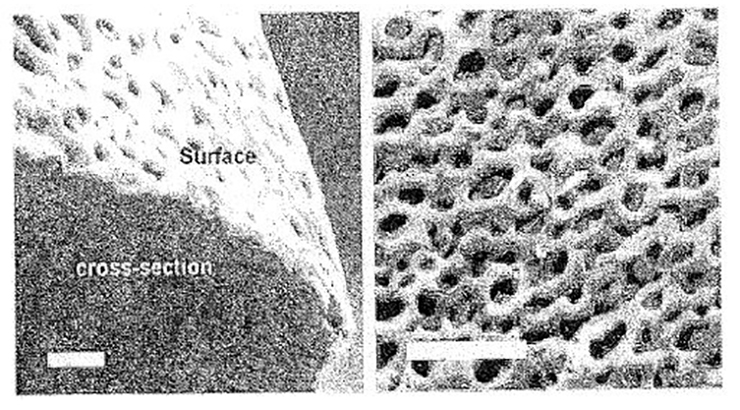Single-Ion Conductors for Lithium-Ion Batteries
ID# 2012-3921
Technology Summary
Current commercially available lithium batteries almost universally utilize liquid and polymer electrolytes that are binary salt conductors. Conductivity results predominately from the anions rather than the lithium salts. Due to the lack of electrode reaction, anion buildup at the electrode/electrolyte interface ultimately results in power loss and battery failure.
The subject invention covers a novel class of single-ion electrolyte demonstrating a nearly uniform tLi+, state-of-the-art conductivities (e.g. > 10-3 S cm-1 at room temperature) over a wide range of temperatures (-20 oC to 60 oC), high electrochemical stability (up to 4.7 V), and outstanding mechanical properties. Membranes composed of these materials function both as ion conducting medium and separator in the batteries. A polymer film saturated with carbonate solvents recorded a tLi+ value of above 0.98.
Application & Market Utility
Cells covered by the subject invention demonstrated excellent cyclability with almost identical charge and discharge capacities. Even after forty (40) cycles, the coulombic efficiency remained about 100%, with no appreciable drop in the open-circuit voltage over 1000 hours. The cell delivers a discharge capacity of 153 mA h g-1, which is equivalent to the reported capacity value of existing membranes. The film also retains sufficiently high conductivities at low temperatures, e.g. 7.4×10-4 S cm-1 at -20 oC.
Next Steps
The rechargeable batteries containing membranes of the invention have been reduced to practice. Samples are available for evaluation.

